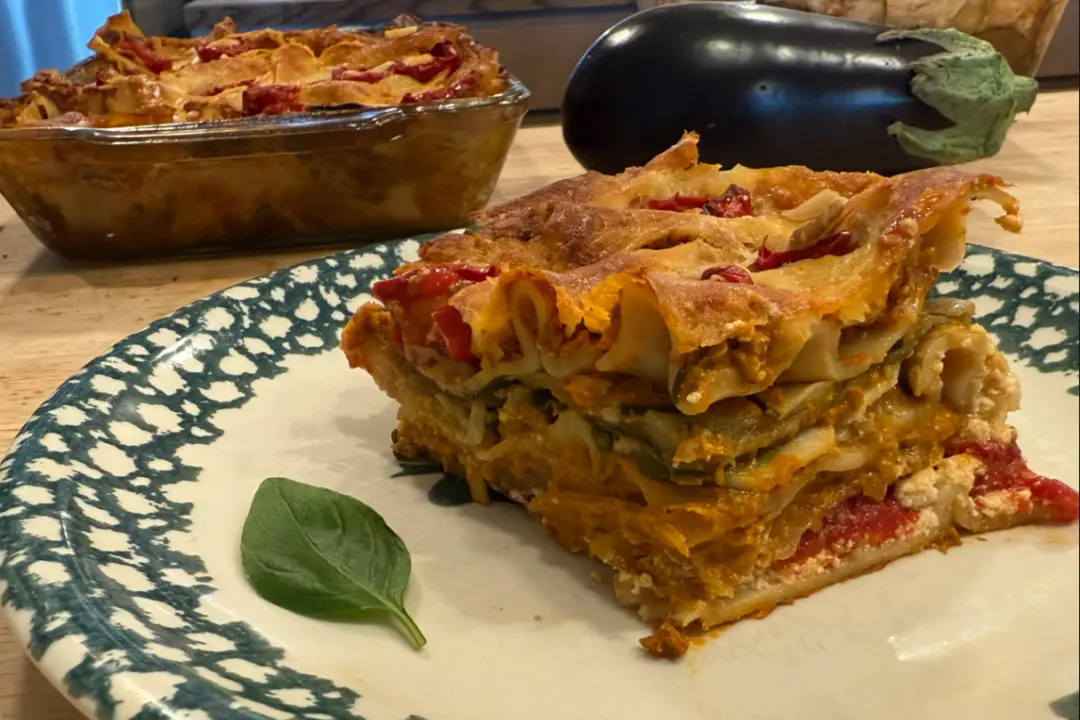\When I lived in Portland, Oregon in the late 1990s, there was a breakfast spot on Hawthorne Boulevard called Cafe Lena, where I used to go for a dish called “BBG Scrambled Eggs.”
BBG stands for Basil, Brie, and Garlic. In today’s world of hybrid recipes and fusion cuisine, most menu readers are too jaded to bat an eye at such an unexpected combination. But at the time, my belly-brain was blown. Decades later, the magic has only grown.





